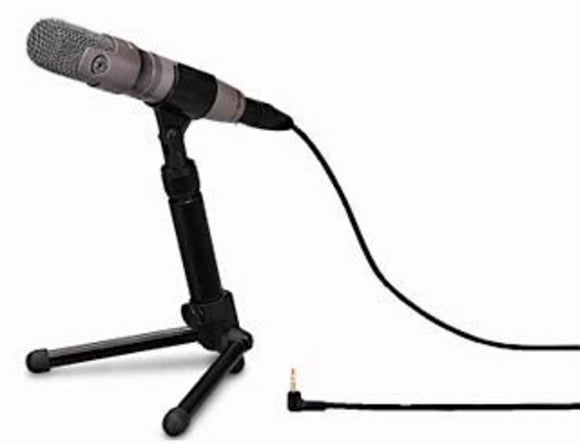3. Electret Condenser Mics
Electret Condensers are not very different from normal condenser microphones. The only real difference is in the way the bias voltage is applied to the capsule. Err... bias voltage? Well, as was described above, the capsule signal is generated by a change in the capacitance or energy stored. Which is to say, there must be some voltage which is applied to the capsule you cant store voltage unless there is some voltage. Thats what is called bias voltage. In normal true condenser microphones this voltage is generated or derived from phantom power (they are therefore called externally biased or externally polarized condensers). In electret condenser mics, the bias voltage is stored in the capsule itself as an electrical charge. This is possible because no voltage is lost in operation (the charge is only needed to make the capsules varying capacitance visible for the internal electronics). So electret condensers do not need an external bias or polarization voltage. Electret condensers are usually less expensive and sometimes battery operation is possible. Electrets still need some kind of powering for their internal amplifier/impedance converter electronics.

Electret condensers have a bad reputation undeservedly so. Very early models from the 1960s had problems with gradual discharge of the bias voltage. But thats really a thing of the past. Manufacturers have long solved that problem. There are many, many electret condensers from the 1980s out there that are still working fine. Today, electret condenser technology is mostly used for entry level microphones, but there are some excellent electret microphones from world class manufacturers such as DPA or Earthworks. Electret condensers, thus, are not bad as such.



